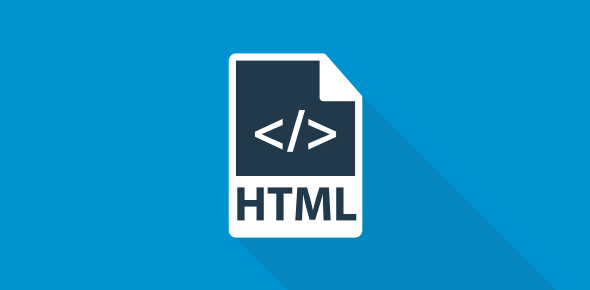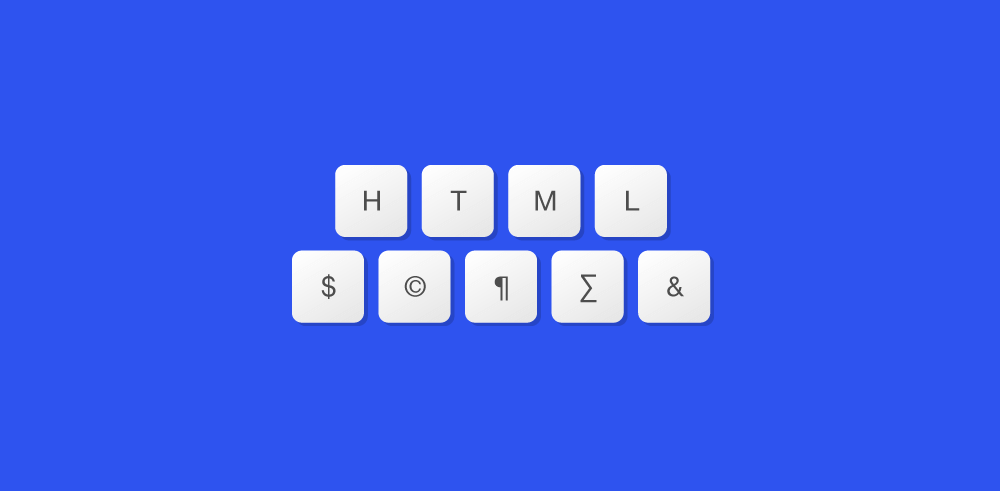HTML (HyperText Markup Language) is the lingua franca of the Internet. The word HyperText means that some text in the HTML document carries a link to a different location, which can be on the same page or another page. On clicking this ‘hot spot’ the viewer is transferred to that location. The word Markup means that specific portions of a document are marked up to indicate how they should be displayed in the browser.
The main purpose of HTML is to describe the structure of a document and this structure can consist of tables, lists, links, blocks of text such as paragraphs etc.
Sponsored Links
However, the formatting of HTML document, or how the HTML document should look like, depends solely on the browser. It is common knowledge that even different versions of the same browser do not display HTML alike. Thus, HTML was not designed for document layout – it simply describes the structure of the document. So over the years, web developers have been employing several tricks to layout web pages.
With the introduction of Cascading Style Sheets, HTML pages can now be formatted using many traditional design elements such as line spacing, kerning, character spacing, padding etc. Cascading Style Sheets are now supported pretty well by all modern browsers though there are still some differences to be ironed out.
An HTML document is a plain ASCII text file and, typically consists of a HEAD and a BODY. The head encloses style attributes, meta tags and any client side scripting while the text for the document along with formatting rules are placed in the body section.
Each HTML document begins with the <html> tag and ends with </html> tag. The head is enclosed in <head> and </head>. Similarly all the elements inside the HTML body section are encased in <body> and </body>.
HTML is not a language per se. It consists of tags that are placed around elements, which then change the properties of these enclosed elements. There are hundreds of HTML tags and some of these are proprietary, which means that only some browsers recognize them.
HTML tags come in a pair – there is a starting and an ending tag… though there are some exceptions to this rule.
An HTML tag is easily recognized because it is enclosed between < and > signs. The format of a tag is as follows:
<TAG-NAME [ATTRIBUTE1=[value1]] [ATTRIBUTE2=[value2]]...> Some text </TAG-NAME>
As you will notice, the ending tag differs from the starting tag by a slash (/).
Also, most HTML tags also have attributes associated with them. These attributes change the properties of the tag. Most of the attributes also need a value through which formatting is achieved. A tag can have many attributes. These attributes are placed inside < and > signs of the starting tag. Tags can also be nested to increase the formatting feature of the text enclosed. Finally, inclusion of multimedia content such as images, animation, sound clips, video etc. on HTML pages is achieved by using tags.






